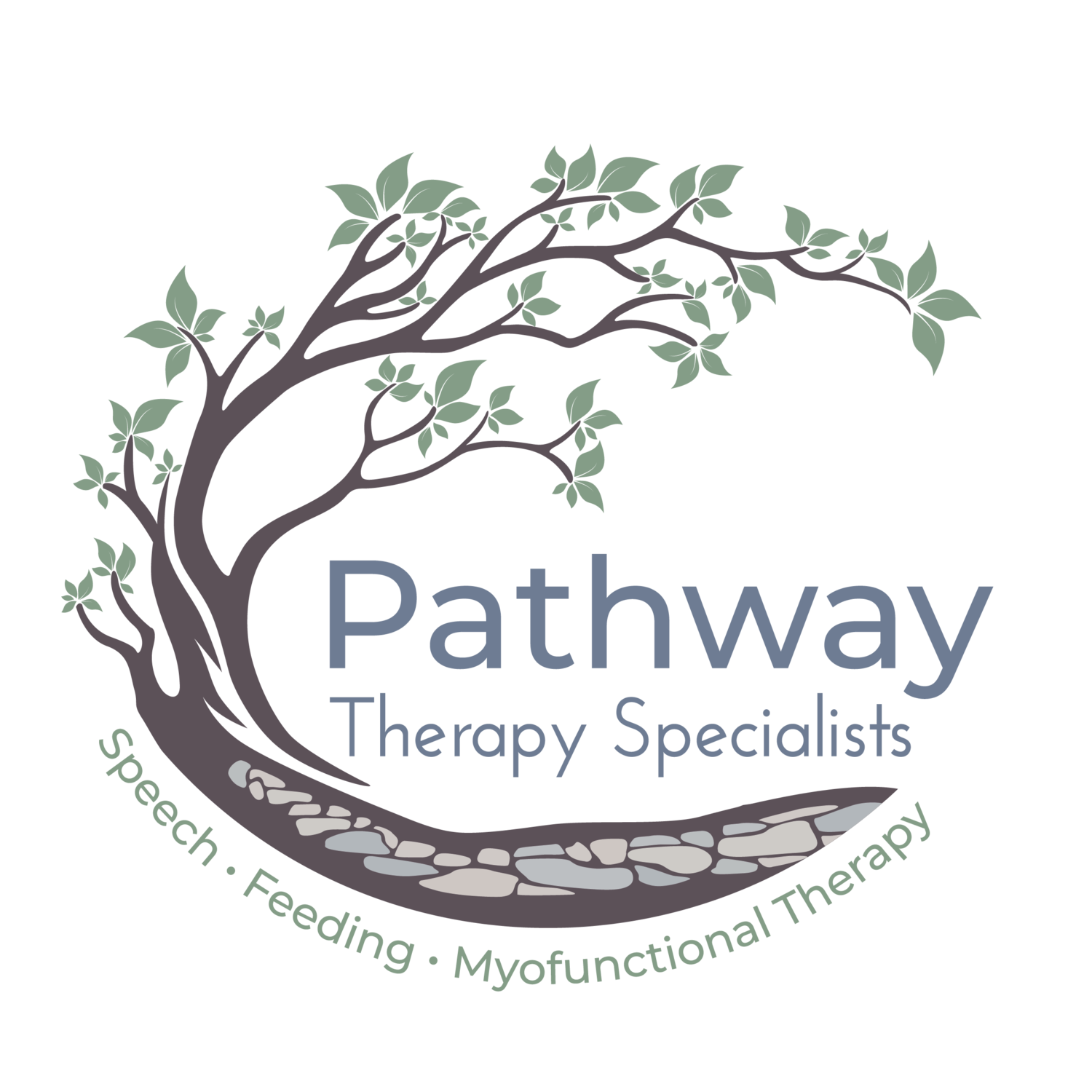The Missing Link
Parents! Read on to see if any of this sounds familiar:
Have you been told that your child will “probably grow out of” their speech sound errors, except, well… They keep growing, but those speech sounds are still not coming out right?
Or, maybe it seems like you’re the only one taking your child’s speech development seriously.
Their school says they’re doing great in class, and don’t need speech– but you’re still worried about how they sound.
Are they going to still be saying “r” and “s” incorrectly when they’re 18??
Or, perhaps your child has been in speech therapy for some time, but you’re not seeing the progress you had hoped to see… and don’t have a clear idea of what’s being worked on.
If any of that sounds like your story, keep reading… You’re in the right place.
As a speech-language pathologist specializing in orofacial myology, feeding, and oral motor based speech sound disorders, I hear these stories all the time. Parents come to me with a child who is really smart, does well in school, maybe has even been in speech therapy before, but just can’t figure out how to make their mouth form those pesky speech sounds.
When I hear this, my mind immediately goes to: What’s missing? What’s being overlooked and causing this child to have speech sound problems?
Because the truth is, for many children (especially older ones) with persistent speech sound errors, there are often oral structure, oral function, or airway-based issues that are factors. The speech sound distortions are often a symptom of underlying oral-facial muscle or structure dysfunction at that point.
Here are some of the related factors I regularly see with patients who have lingering speech sound distortions:
Mouth Breathing
Mouth breathing can happen for lots of different reasons, including airway blockage (like a stuffy nose, or enlarged tonsils/adenoids), allergies, chronic ear infections, or low tone in the facial muscles.
Although it may be “common,” chronic mouth breathing should not be considered “normal,” and is correlated with:
Dental changes (like a high/narrow palate, crossbite, and dental crowding)
Drooling
Sleep disordered breathing/ snoring (which has lots of implications and could be its own separate post!)
Periodontal disease
Low-forward tongue resting posture, which can lead to speech sound distortions
If I notice a child seems to always breathe through the mouth, I know that my first referral is to an otolaryngologist (ENT) and allergist to determine the root cause and appropriate treatment options. When the airway is cleared, we can start re-teaching appropriate breathing and oral rest posture.
Tongue Tie
There is a lot of discussion about tongue ties right now! One challenge about this, though, is that parents could see four different providers, and receive four different opinions about their child’s tongue. The thing is, unless a professional has been trained in:
symptoms of tongue tie (including from infancy!),
how to complete a functional oral assessment,
what restrictive tongue tissue looks like, and
how to effectively treat it,
it will be hard for them to provide accurate information to the family.
(Hint: “They can stick their tongue out, so they’re fine” is not a functional assessment!)
Restricted tongues can certainly contribute to speech sound distortions as well as feeding, swallowing, and oral rest posture challenges.
If you have concerns about your child’s tongue and whether it could be impacting their speech production, seek out a provider with training and experience in this area! A great place to start is with an orofacial myologist via the International Association of Orofacial Myology (IAOM) here, or professionals who have taken specific coursework in tethered oral tissue.
Immature chewing/ swallowing patterns
Open mouth chewing, messy eating, using the cheeks/lips to help with swallowing, tongue thrusting, and more: These are all patterns that I often see in my patients who have persistent speech sound errors.
If the tongue is consistently thrusting forward to swallow liquids and solids, it may also lack stability (and thrust forward) for speech sounds.
Figuring out why they are having this trouble through a functional assessment, resolving the root cause, and then teaching them how to chew their food appropriately and swallow with their tongue tip stabilized, is often part of the therapy program for these patients.
Jaw or dental issues
It seems like almost every kid is destined for braces these days, doesn’t it? (Read more about common causes of crooked teeth here!) But did you know that your child’s jaw or tooth issues could be related to their difficulty with speech sounds? Here are some examples:
An overjet (where the top front teeth are far in front of the lower teeth– often thought of as “buck teeth”) or open bite (where the top and bottom teeth don’t come together in the right position) can distort the airflow for the “s” and “z” sounds.
These malocclusions are often associated with oral habits (like extended pacifier usage or thumb sucking), tongue thrust swallows, and/or low-forward tongue resting posture.
A crossbite (where the upper teeth fit inside of the lower teeth) can make it difficult to stabilize the back-sides of the tongue, which is important for central airflow on “s,” “z,” and many other speech sounds. It’s also associated with altered tongue position– these patients often have a low tongue resting posture.
Dental crowding is often associated with a high, narrow palate (roof of the mouth). If the roof of the mouth is high and narrow, it can be hard to fit the tongue up there for correct oral rest posture and swallow patterns, as well as to stabilize it for speech sound production.
Jaw instability (like sliding, jutting, or wiggling of the jaw) during speech can occur when the tongue is unable to stabilize and move properly for speech sound production.







